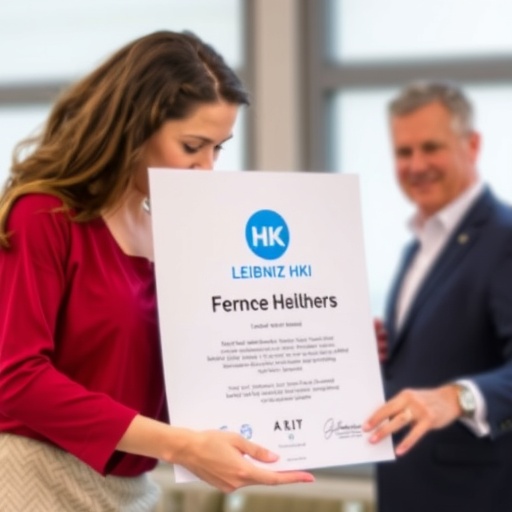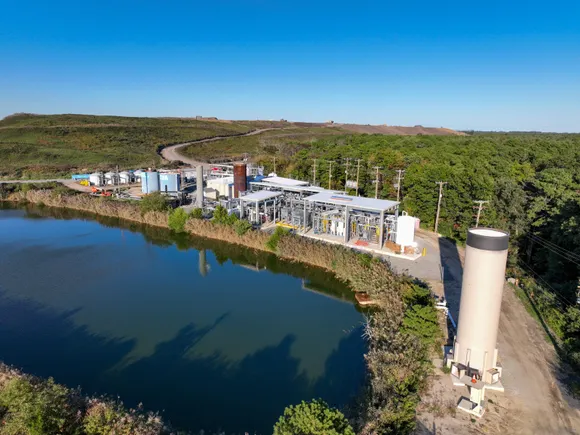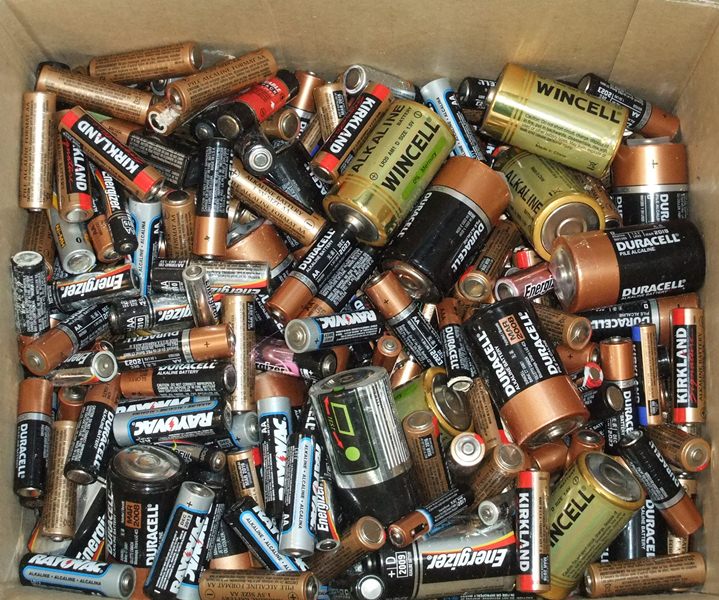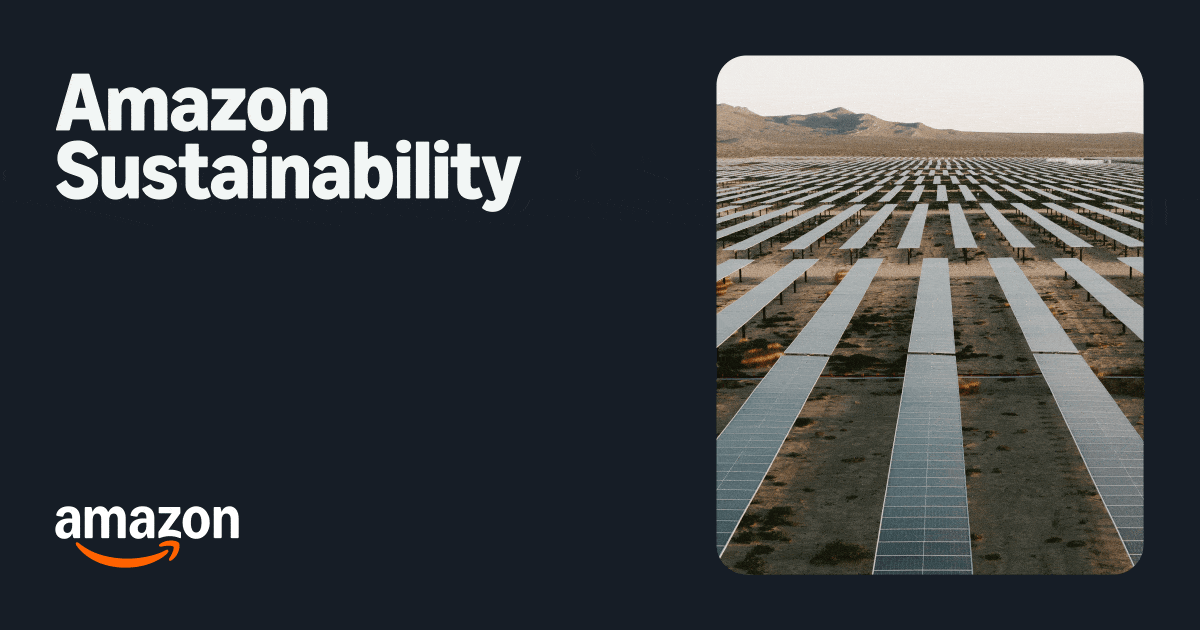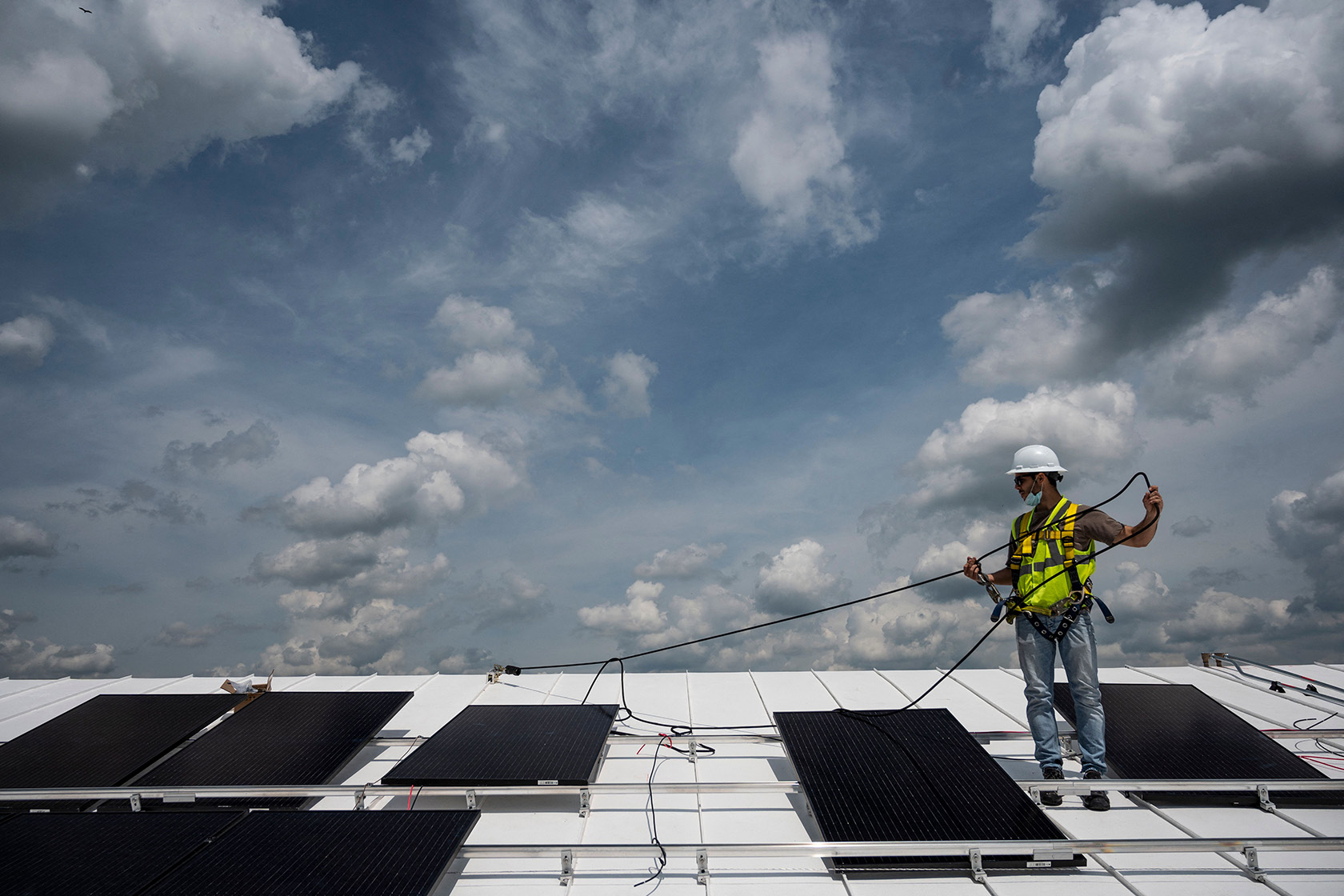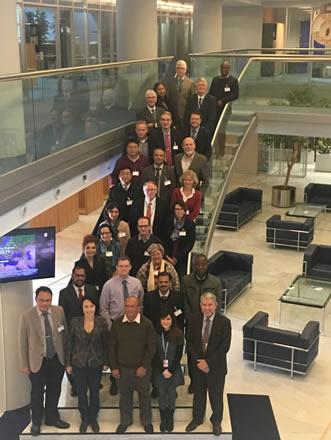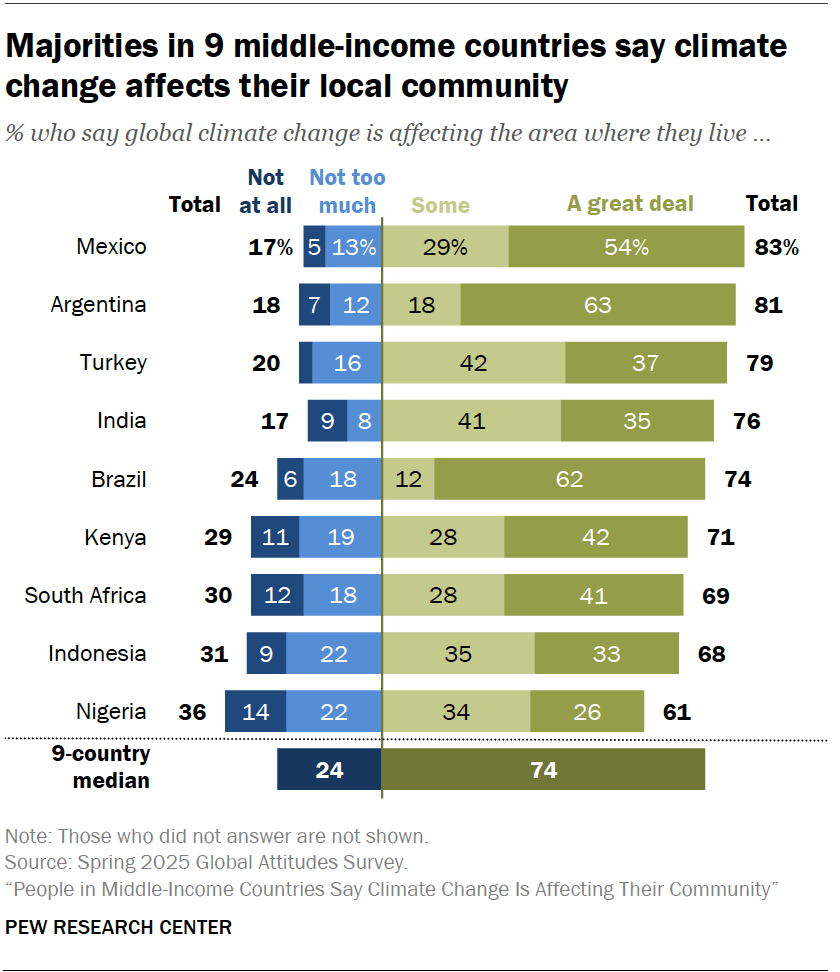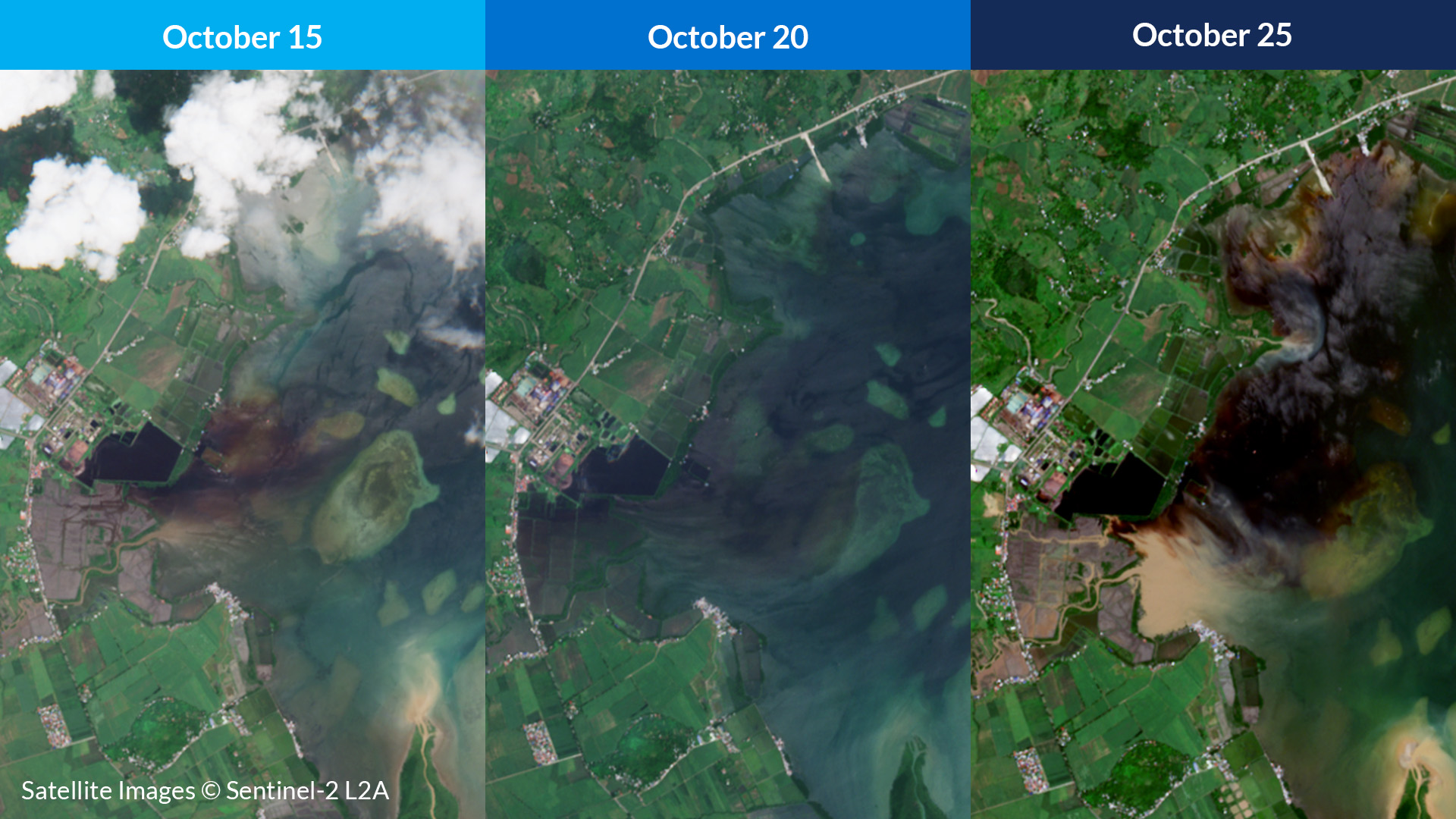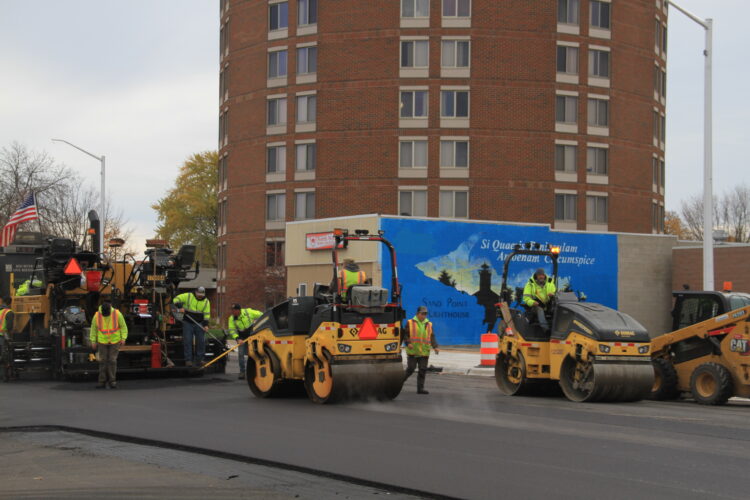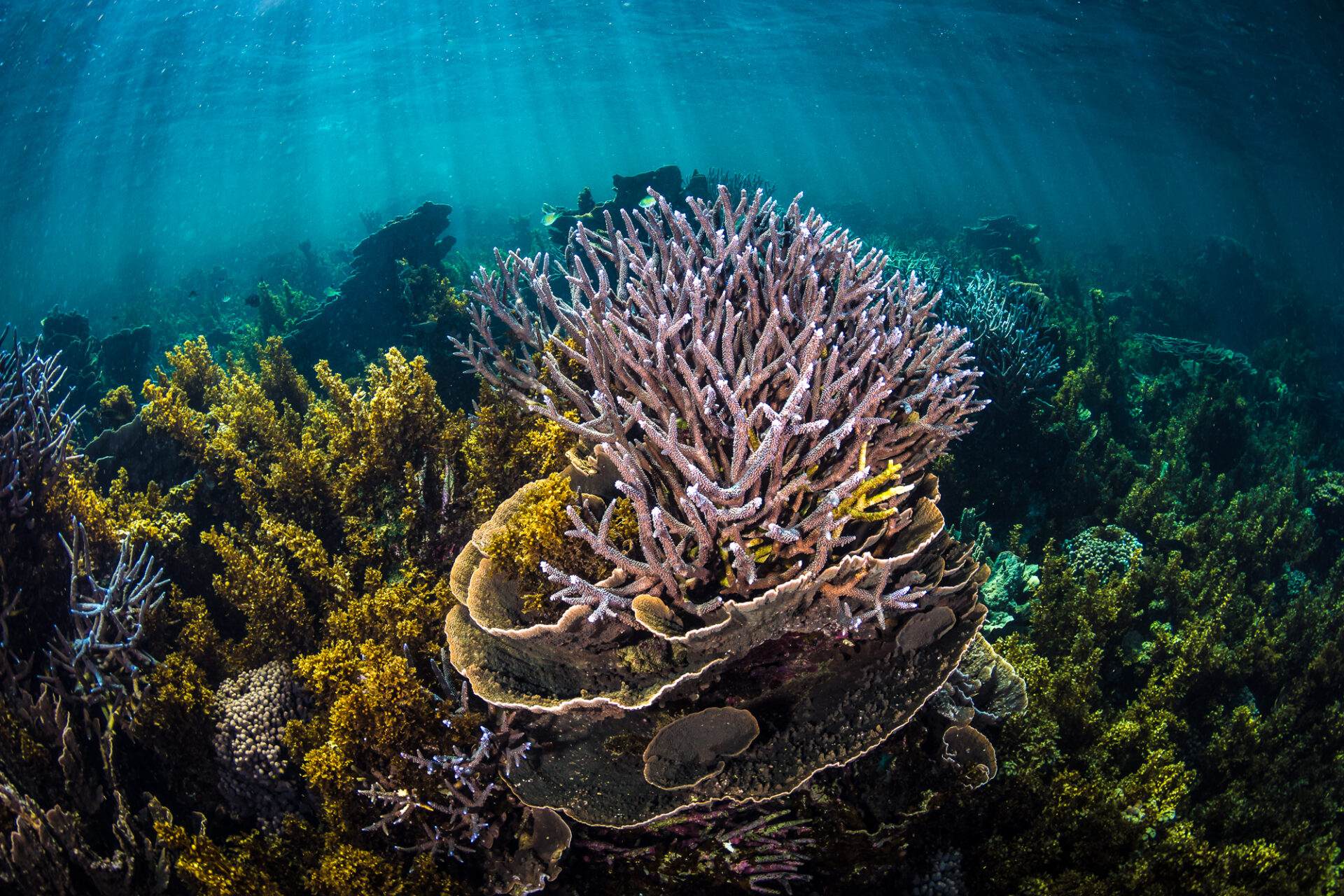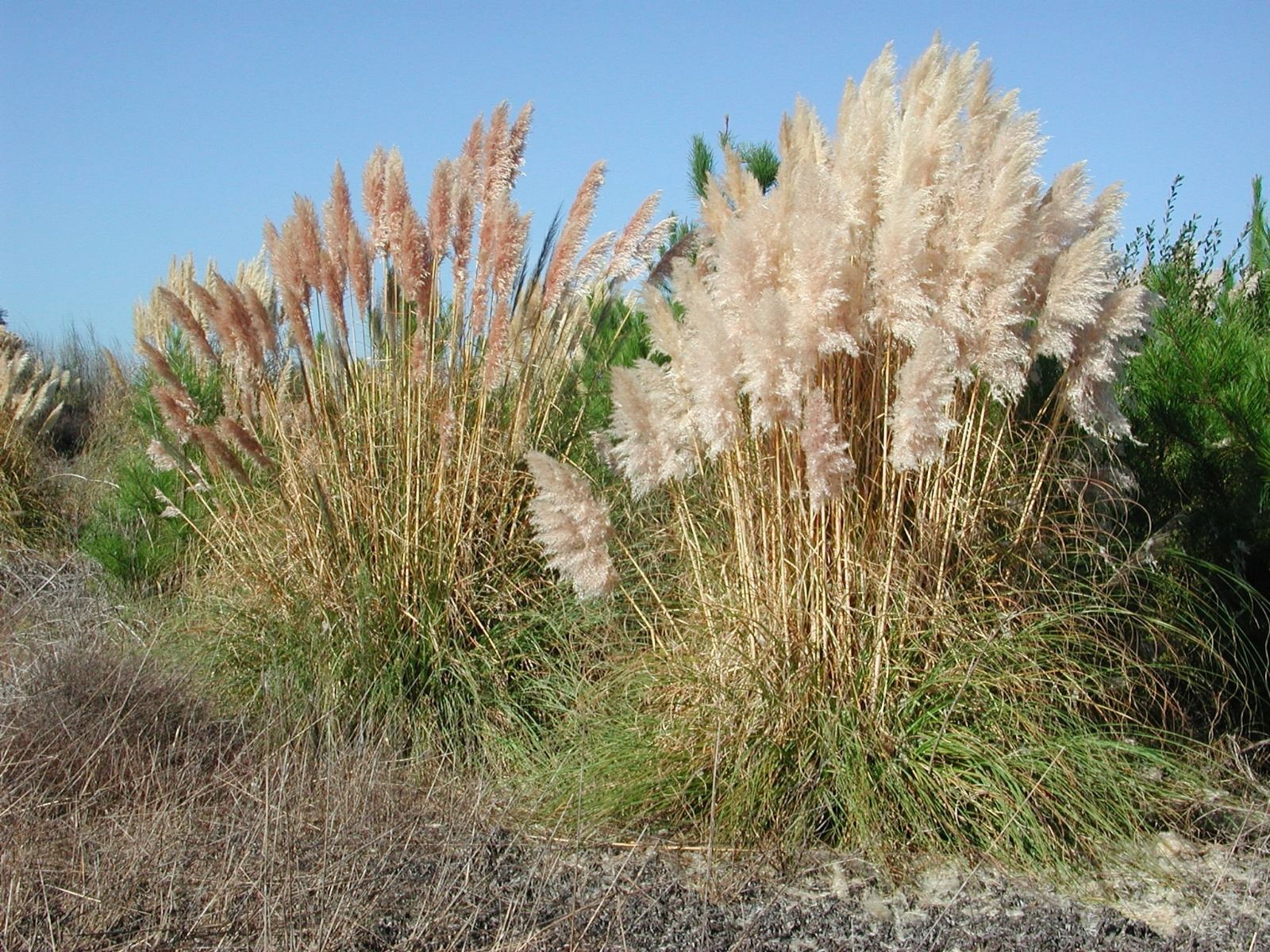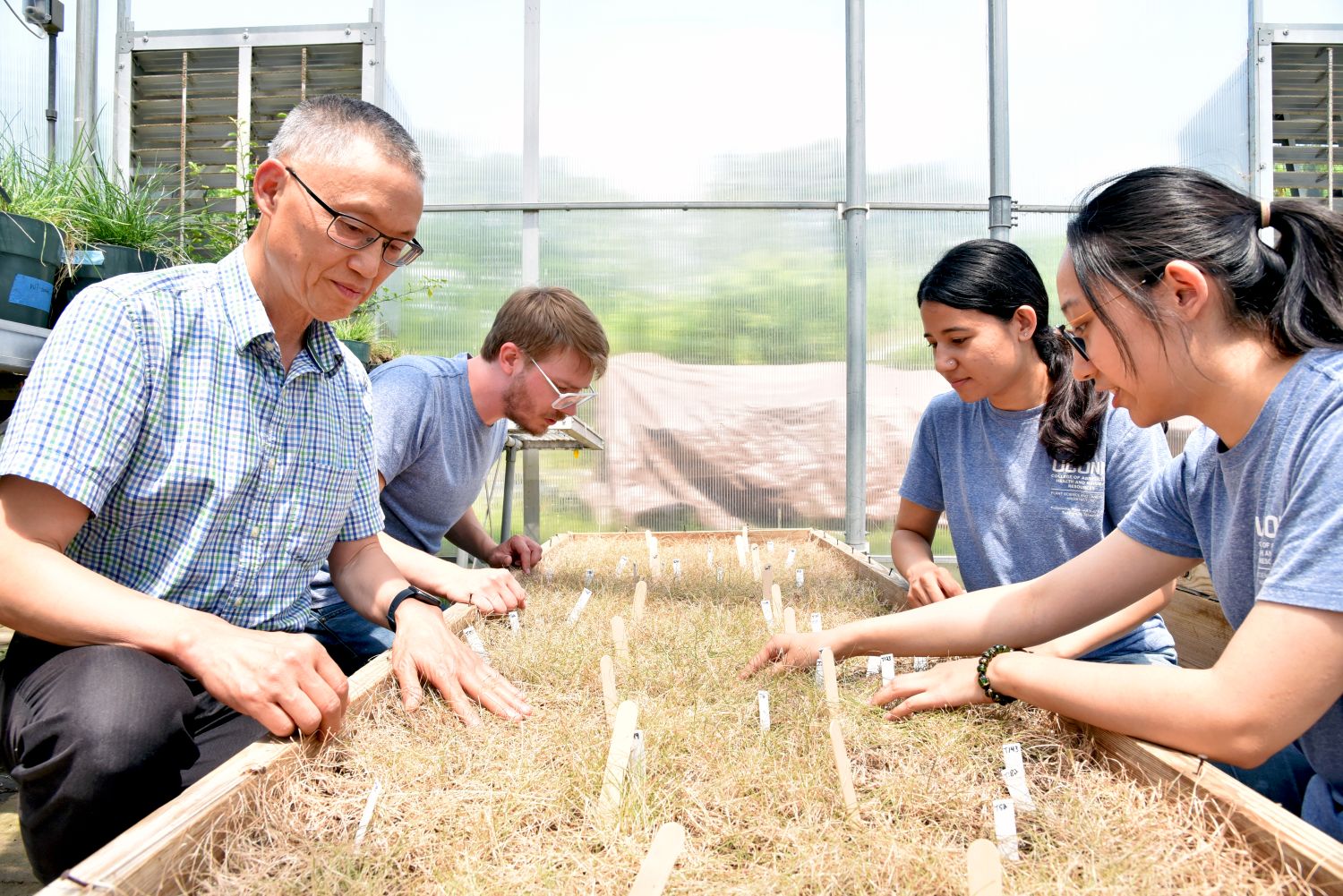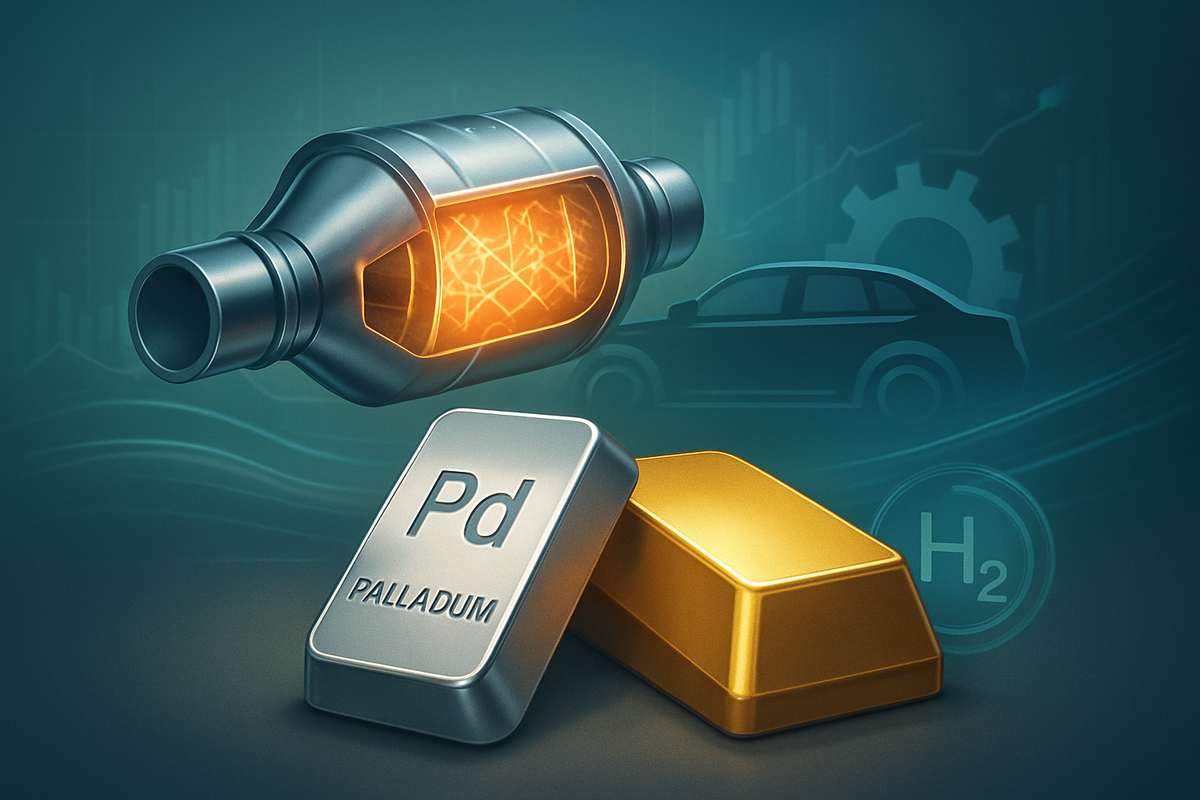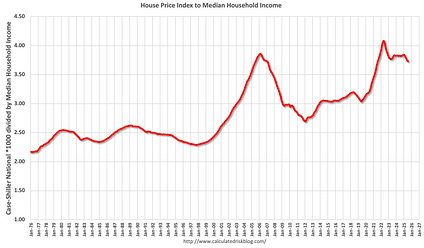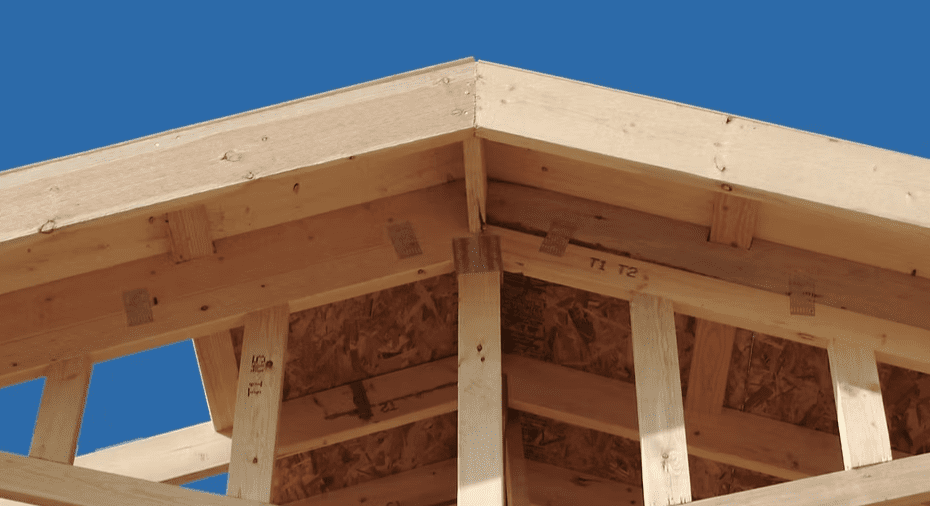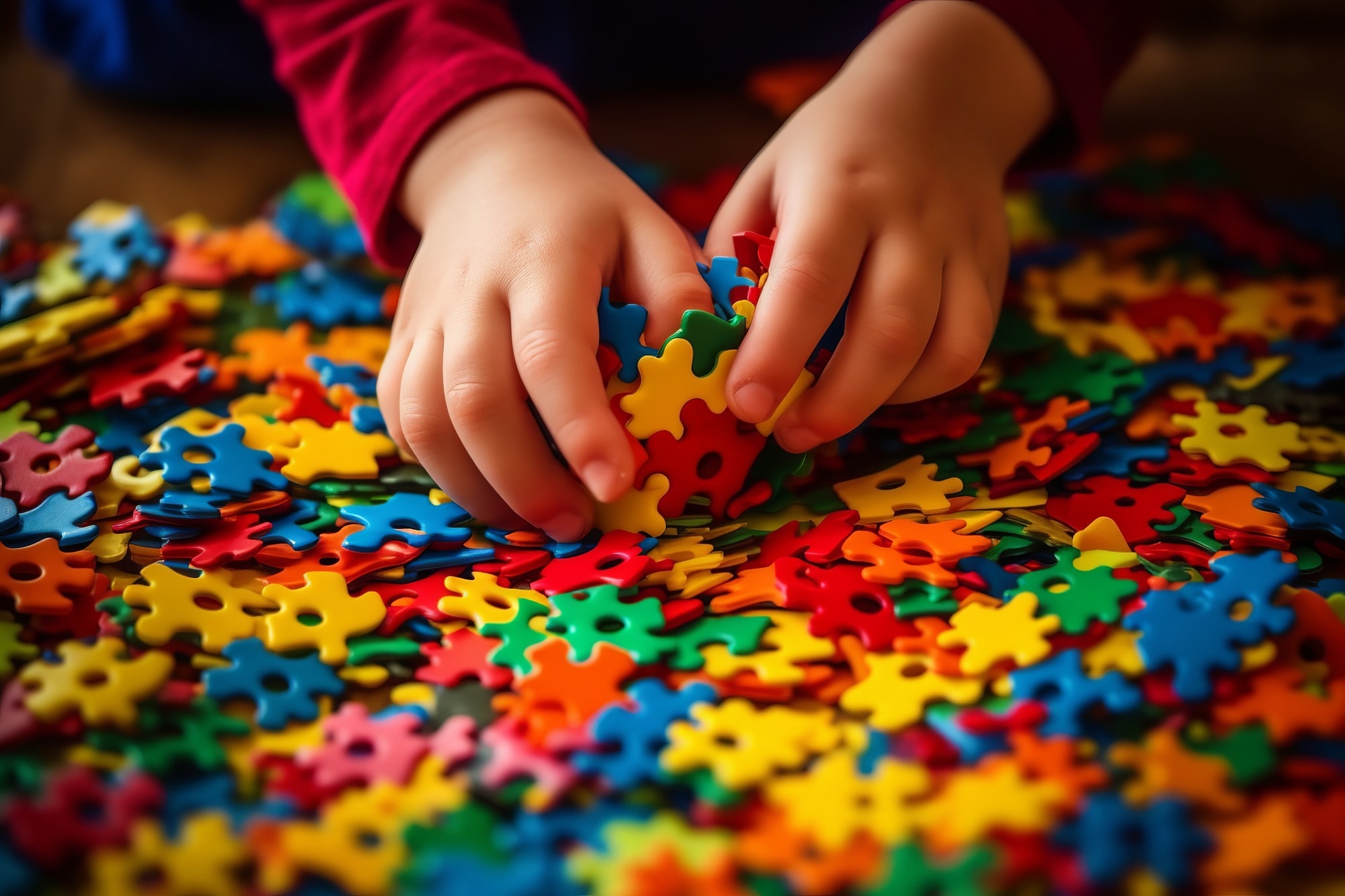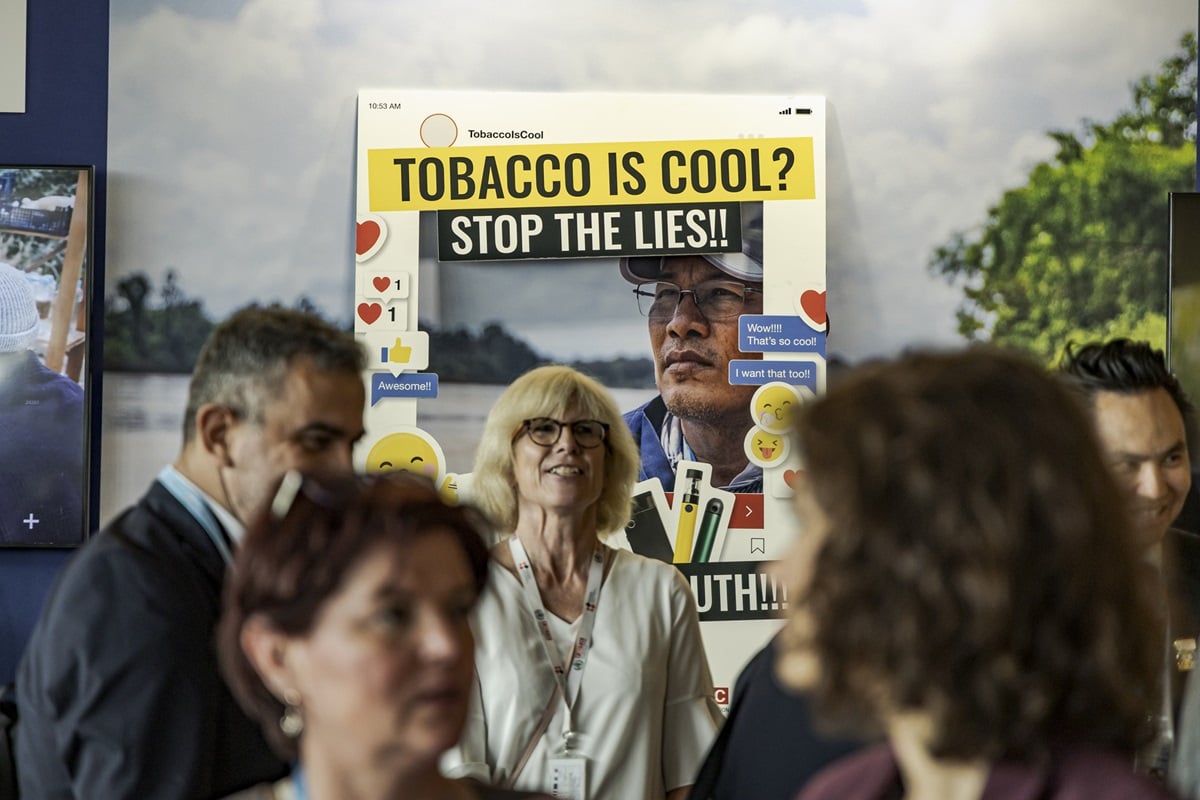At 82, he embarked on a 10-year journey to build an energy-efficient home in Collinsville – STLtoday.com

Case Study: An Integrated Approach to Sustainable Housing in Collinsville
Project Overview and Contribution to Sustainable Development Goals (SDGs)
A 3,000-square-foot residence in Collinsville, constructed by Jerry Young beginning at age 82, serves as a comprehensive model for sustainable living. The decade-long project resulted in a highly energy-efficient, earth-sheltered home that has received official commendation from Advanced Green Consulting for its performance. The design and construction process actively addresses several United Nations Sustainable Development Goals (SDGs), demonstrating a practical application of global sustainability principles at the household level.
- SDG 7: Affordable and Clean Energy
- SDG 9: Industry, Innovation, and Infrastructure
- SDG 11: Sustainable Cities and Communities
- SDG 12: Responsible Consumption and Production
- SDG 13: Climate Action
- SDG 15: Life on Land
Design and Construction for Energy Efficiency (SDG 7 & SDG 13)
The home’s core design minimizes energy consumption through passive strategies and innovative construction, directly contributing to SDG 7 (Affordable and Clean Energy) and SDG 13 (Climate Action). The objective was to eliminate conventional heating and air conditioning systems by creating a thermally stable building envelope.
- Site Selection and Passive Solar Design: A south-facing lot with a 15% slope was chosen to maximize solar gain in winter. All windows are positioned on the south-facing wall and recessed 12 inches to prevent “wind washing.” A roof overhang blocks direct sunlight during summer, naturally regulating interior temperatures.
- Earth-Sheltered Construction: The home is built into the hillside, utilizing the earth’s constant temperature for insulation. A 15-foot high, below-grade concrete wall at the rear is separated from the living space by a 5-foot corridor, providing an additional thermal buffer.
- Advanced Insulation: The project utilized nearly 850 pounds of rice hulls for ceiling and wall insulation. This choice supports SDG 12 by using a sustainable, non-compressing agricultural byproduct instead of conventional materials. The exterior walls are 17 inches thick, providing a significant thermal barrier.
- Renewable Energy and Performance: A small solar array generates the minimal electricity required, with the total electricity bill for 2024 amounting to only $105. A “blower door test” conducted by Advanced Green Consulting recorded an air change rate of 1.105 per hour, a result described as the tightest home tested by the firm since 1996. This exceptional performance quantifies the home’s contribution to reducing energy demand and associated carbon emissions.
Responsible Sourcing and Consumption (SDG 12)
The project heavily emphasizes a circular economy approach, aligning with the principles of SDG 12 (Responsible Consumption and Production) by minimizing waste and prioritizing reuse.
- Reclaimed Structural Materials: Lumber and bricks for the home’s structure were sourced from the demolition of old barns and houses.
- Repurposed Interior Elements: The majority of furniture was acquired from secondhand stores or donated. Kitchen cabinets were purchased repurposed, and the stairway was milled from raw hackberry lumber.
- Sustainable Material Choices: Fiberglass window frames were selected over vinyl, as they are manufactured from sand, an abundant natural resource, rather than petroleum.
Infrastructure and Environmental Integration (SDG 11 & SDG 15)
The property’s design extends beyond the structure to integrate with the local ecosystem, supporting SDG 11 (Sustainable Cities and Communities) and SDG 15 (Life on Land).
- Water Management: The land was graded to channel all rainwater into several on-site rain gardens. This system prevents erosion and facilitates the natural seepage of precipitation into the water table, creating resilient infrastructure.
- Promotion of Biodiversity: In line with SDG 15, the hillsides surrounding the home have been planted with native perennial flowers and ground cover. This initiative, led by Dorothy Young, promotes local biodiversity and restores the natural habitat.
Conclusion: A Model for Sustainable and Healthy Living
The Young residence stands as a testament to the feasibility of constructing housing that is both environmentally sustainable and conducive to well-being. By integrating passive design, renewable energy, responsible material sourcing, and ecological landscaping, the project provides a tangible blueprint for achieving multiple SDGs. Furthermore, the undertaking demonstrates the value of lifelong learning and active aging, contributing to SDG 3 (Good Health and Well-being). The home’s stable indoor temperature of 69-74 degrees year-round, achieved with minimal energy inputs, showcases a successful journey toward creating resilient, sustainable, and healthy living spaces for the future.
Analysis of Sustainable Development Goals in the Article
1. Which SDGs are addressed or connected to the issues highlighted in the article?
-
SDG 7: Affordable and Clean Energy
- The article heavily focuses on the construction of a home that is exceptionally “energy efficient.” It highlights the use of a “small solar array” for electricity and design principles that eliminate the need for “conventional heating and air conditioning systems,” directly contributing to the goal of ensuring access to clean and sustainable energy.
-
SDG 11: Sustainable Cities and Communities
- The project involves building a sustainable and resilient home within a community (“only eight blocks from downtown Collinsville”). The use of “earth sheltering,” durable materials like “reclaimed lumber and bricks,” and features that manage environmental factors (like rainwater) contribute to making human settlements more sustainable.
-
SDG 12: Responsible Consumption and Production
- This goal is addressed through the extensive use of recycled and repurposed materials. The article mentions using “reclaimed lumber and bricks,” “repurposed cabinets,” furniture from “secondhand stores,” and “rice hulls” (an agricultural byproduct) for insulation. This demonstrates a commitment to reducing waste and promoting sustainable production and consumption patterns.
-
SDG 13: Climate Action
- By creating a home with minimal energy needs, a very low electricity bill (“$105” for the year), and using solar power, the project directly contributes to reducing the carbon footprint of a household. The energy-efficient design is a practical measure to combat climate change at a local level.
-
SDG 15: Life on Land
- The article describes actions taken to protect and enhance the local ecosystem. This includes creating “rain gardens that collect precipitation, which then seeps into the water table and prevents erosion” and planting the property with “native perennial flowers and ground cover,” which supports local biodiversity.
2. What specific targets under those SDGs can be identified based on the article’s content?
-
Under SDG 7 (Affordable and Clean Energy):
- Target 7.2: “By 2030, increase substantially the share of renewable energy in the global energy mix.” The installation of a “small solar array” to generate the home’s electricity directly aligns with this target by increasing the use of renewable energy at the household level.
- Target 7.3: “By 2030, double the global rate of improvement in energy efficiency.” The entire project is an example of achieving a high rate of energy efficiency, as evidenced by its design features (e.g., “air lock” foyer, 17-inch thick insulated walls, recessed windows) and the accolades received from an energy audit firm.
-
Under SDG 11 (Sustainable Cities and Communities):
- Target 11.1: “By 2030, ensure access for all to adequate, safe and affordable housing.” The article showcases the construction of a safe and adequate home. Its energy efficiency, resulting in a near-zero energy bill, makes it highly affordable to operate in the long term.
-
Under SDG 12 (Responsible Consumption and Production):
- Target 12.2: “By 2030, achieve the sustainable management and efficient use of natural resources.” This is demonstrated by the use of “fiberglass window frames” made from sand (“the earth’s most abundant natural resource”) instead of petroleum, and the use of “rice hulls” as insulation.
- Target 12.5: “By 2030, substantially reduce waste generation through prevention, reduction, recycling and reuse.” The project exemplifies this target by using “reclaimed lumber and bricks” from demolished structures, “repurposed cabinets,” and furniture from “secondhand stores.”
-
Under SDG 15 (Life on Land):
- Target 15.1: “By 2030, ensure the conservation, restoration and sustainable use of terrestrial and inland freshwater ecosystems.” The creation of “rain gardens” to manage rainwater, prevent erosion, and recharge the water table is a direct action towards this target.
- Target 15.5: “Take urgent and significant action to reduce the degradation of natural habitats, halt the loss of biodiversity…” Planting the hillsides with “native perennial flowers and ground cover” helps restore the natural habitat and support local biodiversity.
3. Are there any indicators mentioned or implied in the article that can be used to measure progress towards the identified targets?
-
For Energy Efficiency (Target 7.3):
- A specific, measurable indicator is the result of the “blower door test,” which found the home had “1.105” air changes per hour, a figure described as “the tightest home I have ever tested.”
- Another quantitative indicator is the total annual electricity bill of “$105,” which measures the home’s extremely low energy consumption.
- A qualitative indicator is the maintenance of a “steady indoor ‘feel good’ temperature throughout the year of 69 to 74 degrees” without conventional heating or cooling systems.
-
For Renewable Energy (Target 7.2):
- The indicator is the presence and use of a “small solar array” as the source of the home’s electricity, demonstrating a 100% reliance on renewable energy for its minimal needs.
-
For Waste Reduction (Target 12.5):
- Indicators include the specific mention of using “reclaimed lumber and bricks,” “repurposed cabinets,” and furniture sourced from “secondhand stores,” which quantifies the types of materials diverted from the waste stream.
-
For Ecosystem Restoration (Targets 15.1 and 15.5):
- The implementation of “several rain gardens” serves as an indicator for sustainable water management.
- The act of planting the property with “native perennial flowers and ground cover” is an indicator of efforts to restore local biodiversity and habitat.
4. Summary of SDGs, Targets, and Indicators
| SDGs | Targets | Indicators |
|---|---|---|
| SDG 7: Affordable and Clean Energy |
7.2: Increase share of renewable energy.
7.3: Improve energy efficiency. |
– Use of a “small solar array” for electricity. – Total annual electricity bill of “$105.” – Blower door test result of “1.105 air changes per hour.” – Stable indoor temperature (69-74°F) without conventional HVAC. |
| SDG 11: Sustainable Cities and Communities | 11.1: Ensure access to adequate, safe and affordable housing. |
– Construction of a 3,000 sq. ft. home with resilient features (earth-sheltered design). – Long-term affordability due to minimal energy costs. |
| SDG 12: Responsible Consumption and Production |
12.2: Sustainable management and efficient use of natural resources.
12.5: Substantially reduce waste generation through reuse and recycling. |
– Use of “reclaimed lumber and bricks.” – Use of “repurposed cabinets” and furniture from “secondhand stores.” – Use of “rice hulls” (agricultural byproduct) for insulation. |
| SDG 13: Climate Action | (Implied) Strengthen resilience and adaptive capacity to climate-related hazards. |
– Minimal reliance on grid electricity, reducing carbon footprint. – Design features that mitigate temperature extremes (e.g., roof overhang, insulated walls). |
| SDG 15: Life on Land |
15.1: Conserve and restore terrestrial and inland freshwater ecosystems.
15.5: Reduce the degradation of natural habitats and halt biodiversity loss. |
– Creation of “several rain gardens” to manage rainwater and prevent erosion. – Planting of “native perennial flowers and ground cover” to support local ecosystems. |
Source: stltoday.com

What is Your Reaction?
 Like
0
Like
0
 Dislike
0
Dislike
0
 Love
0
Love
0
 Funny
0
Funny
0
 Angry
0
Angry
0
 Sad
0
Sad
0
 Wow
0
Wow
0














